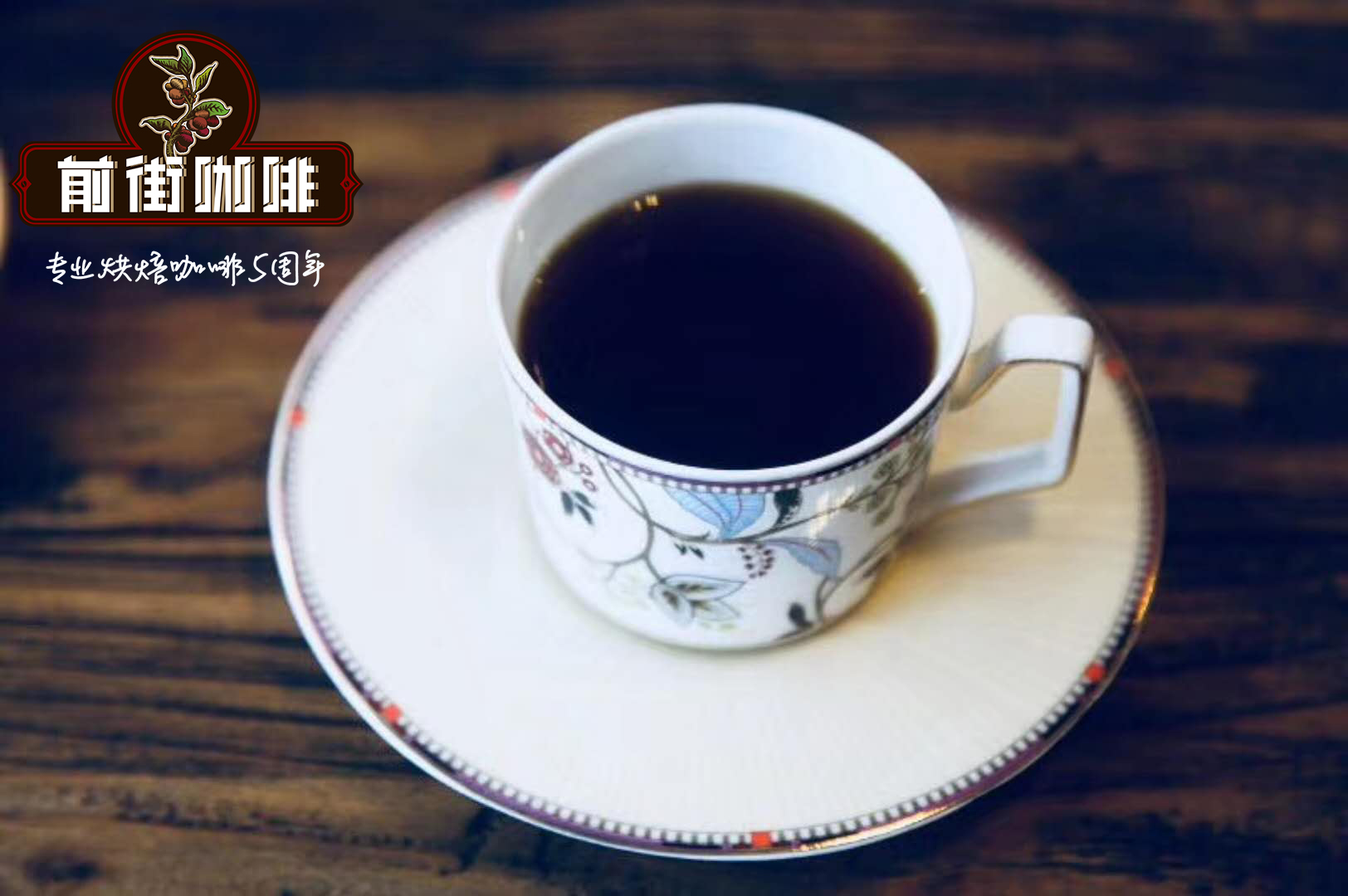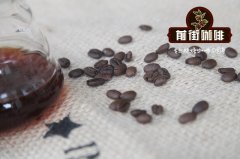Introduction of coffee roasting method and process what is the secret of coffee roasting? coffee roasting curve skills

Professional coffee knowledge exchange more coffee bean information please follow the coffee workshop (Wechat official account cafe_style)
Coffee roasting accounts for 80% of the importance of a good cup of coffee, and since the taste of coffee has been lost during roasting, how to grasp the "best coffee baking time" is the key. The so-called best time does not have an objective value, but depends on the flavor you like. The deeper the roast, the better the aftertaste; the shallower the roast, the more aroma the coffee itself retains. The most feared situation is that each kind of coffee beans are roasted into a flavor and lose their characteristics.
That is, each kind of coffee beans are roasted separately, this method and commonly used mixed roasting can highlight the distinct characteristics of coffee beans, but mixed baking is convenient to buy time, and the taste of all kinds of beans is also more integrated.
In his coffee roasting book Roasting Craft, South Korean Liu Chengquan uses a chart to divide the coffee roasting process (Roasting Process) into several important stages: adding beans, Turning Point, boiling, Yellow Point, Mena reaction, caramelization, first explosion (maybe into second explosion), lower beans, cooling.
Even if each baker develops personalized baking curves and techniques according to his or her own habits and preferences
STEP 1: from imported beans to T.Point
Bean feeding is the initial stage of baking. after putting the beans in a preheated drum, the drum temperature will drop immediately until the drum temperature and the bean temperature reach balance. Generally speaking, it is appropriate to reach T.Point (temperature recovery point) within 120 seconds. If the temperature of the T.Point is too low, the time to reach the first explosion will be too long. On the contrary, the T.Point temperature is too high, the time to reach the first explosion will be too short. Therefore, it is necessary to calculate the ROR to determine the temperature of the bean.
STEP 2: from T.Point to Yellow
After T.Point, raw beans enter the endothermic stage. 70% of the bean weight is made up of insoluble (Insoluble) cellulose (Cellulose). In order to transfer heat to the inside of the bean, the water conductivity is used. If the bean water content is low, the time to reach the Yellow stage will be shorter, on the contrary, if the bean water content is high, the time to reach Yellow will be longer.
At the bean temperature of 100. C as the starting point, water changes from Evaporation to Vaporization, and the vapor pressure and temperature inside the bean rise. At this time, the bean tissue undergoes vitrification (Vitrification), begins to expand, destroys chlorophyll and enters Yellow.
STEP 3: from Mena reaction (Maillard Reaction) to 154. C
The baking temperature reached 154. At C, the temperature and pressure inside and outside the beans are at about the same stage, the sugar components are decomposed into reducing sugar (Reducing sugar) by adding water, and then combine with amino acids (Amino acids) to produce Melanoidine-like (Melanoidine) and volatile organic compounds (VOCs), which is the Mena reaction. Through this process, coffee beans will produce flavor changes.
STEP 4: from caramelization (Caramelization) 160.C to 200.C
At this stage, beans are caramelized by thermal decomposition, which begins to reduce sweetness and transform into a very complex flavor (Aroma). At the same time, due to the increase of CO2 pressure and vapor pressure, the beans began to produce a fever reaction.
STEP 5: from the first explosion to 194Murray 5.C
When the vapor pressure and CO2 pressure inside the bean accumulate, the first burst (1st Crack) occurs. The "blow holes" produced at this time becomes the outlet for the discharge of Flavor compounds inside the bean. At this stage, the beans are completely converted to a febrile reaction.
The first explosion is the most critical Point in the whole baking process. From then on, the flavor of the affiliated Sugar Browning (Nutty, Caramelly, Chocolaty) will appear, and most bakers will estimate the "development rate" (DTR. Development Time Ratio).
STEP 6: from the second explosion to 220. C
The CO2 pressure accumulated due to thermal combustion is released outward, and the beans burst again, which is called the "second explosion". At this stage, the cell structure of beans begins to be destroyed, and the interior begins to be coked or carbonized (Carbon). From then on, the flavors attached to Dry Distillation (Resin, Spice, Carbon) will appear and produce obvious bitterness.
STEP 7: from bean production to cooling (Cooling)
Although the beans begin to cool immediately after they are produced, the temperature of the beans will not drop immediately. Because the temperature inside the bean can be maintained at a high temperature for a period of time, the high temperature maintained by the bean itself may change the roasting degree of the coffee and may lead to the volatilization of the aromatic flavor. therefore, rapid cooling is a very important step to maintain the flavor.
Important Notice :
前街咖啡 FrontStreet Coffee has moved to new addredd:
FrontStreet Coffee Address: 315,Donghua East Road,GuangZhou
Tel:020 38364473
- Prev

Coffee roasting what are the taste characteristics of coffee beans roasted in light and moderate depth?
Professional coffee knowledge exchange more coffee bean information please follow the coffee workshop (Wechat official account cafe_style)
- Next

Coffee roasting light, medium, deep coffee beans, which you can drink the difference?
Professional coffee knowledge exchange more coffee bean information please follow the coffee workshop (Wechat official account cafe_style)
Related
- Beginners will see the "Coffee pull flower" guide!
- What is the difference between ice blog purified milk and ordinary milk coffee?
- Why is the Philippines the largest producer of crops in Liberia?
- For coffee extraction, should the fine powder be retained?
- How does extracted espresso fill pressed powder? How much strength does it take to press the powder?
- How to make jasmine cold extract coffee? Is the jasmine + latte good?
- Will this little toy really make the coffee taste better? How does Lily Drip affect coffee extraction?
- Will the action of slapping the filter cup also affect coffee extraction?
- What's the difference between powder-to-water ratio and powder-to-liquid ratio?
- What is the Ethiopian local species? What does it have to do with Heirloom native species?

